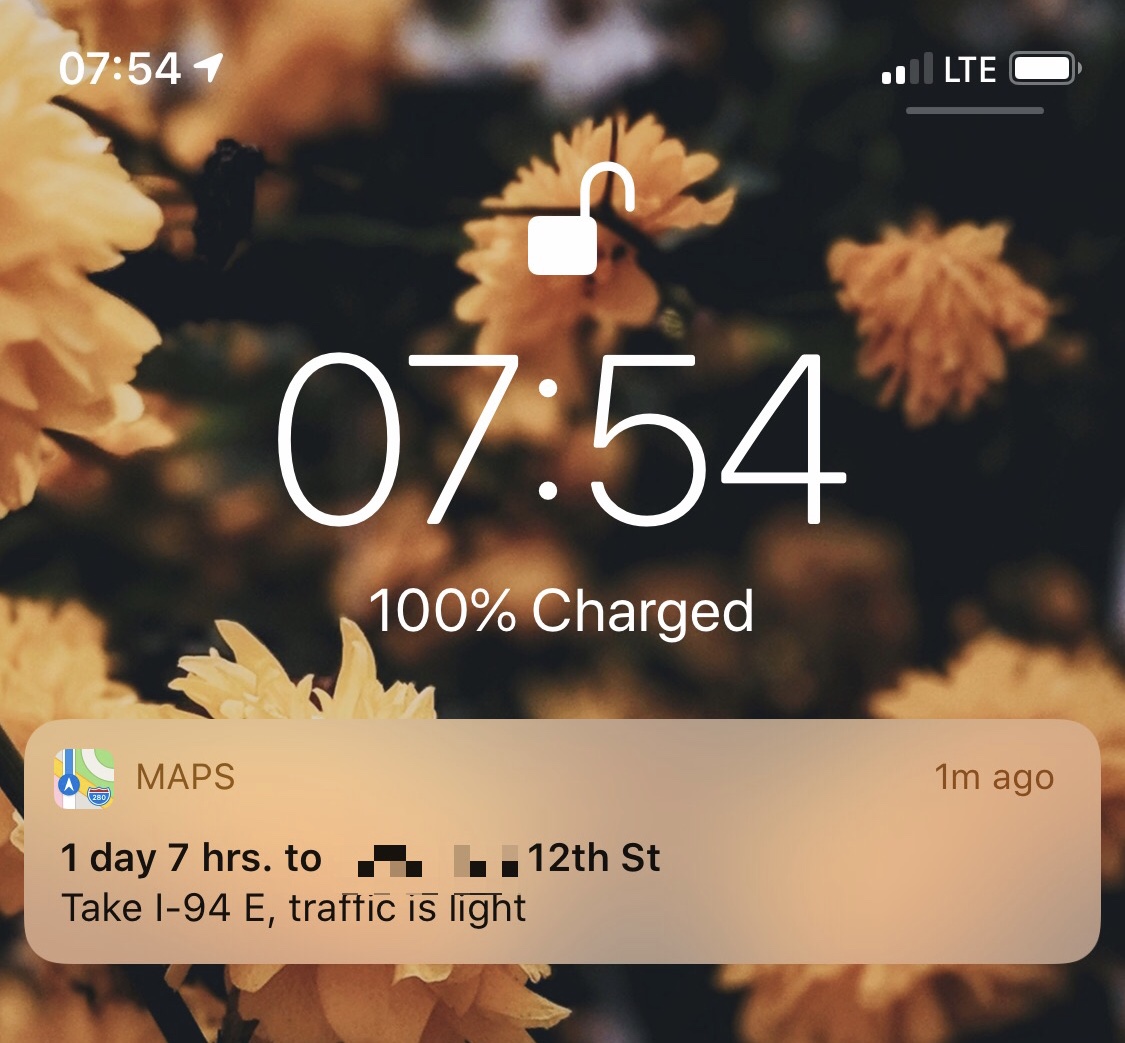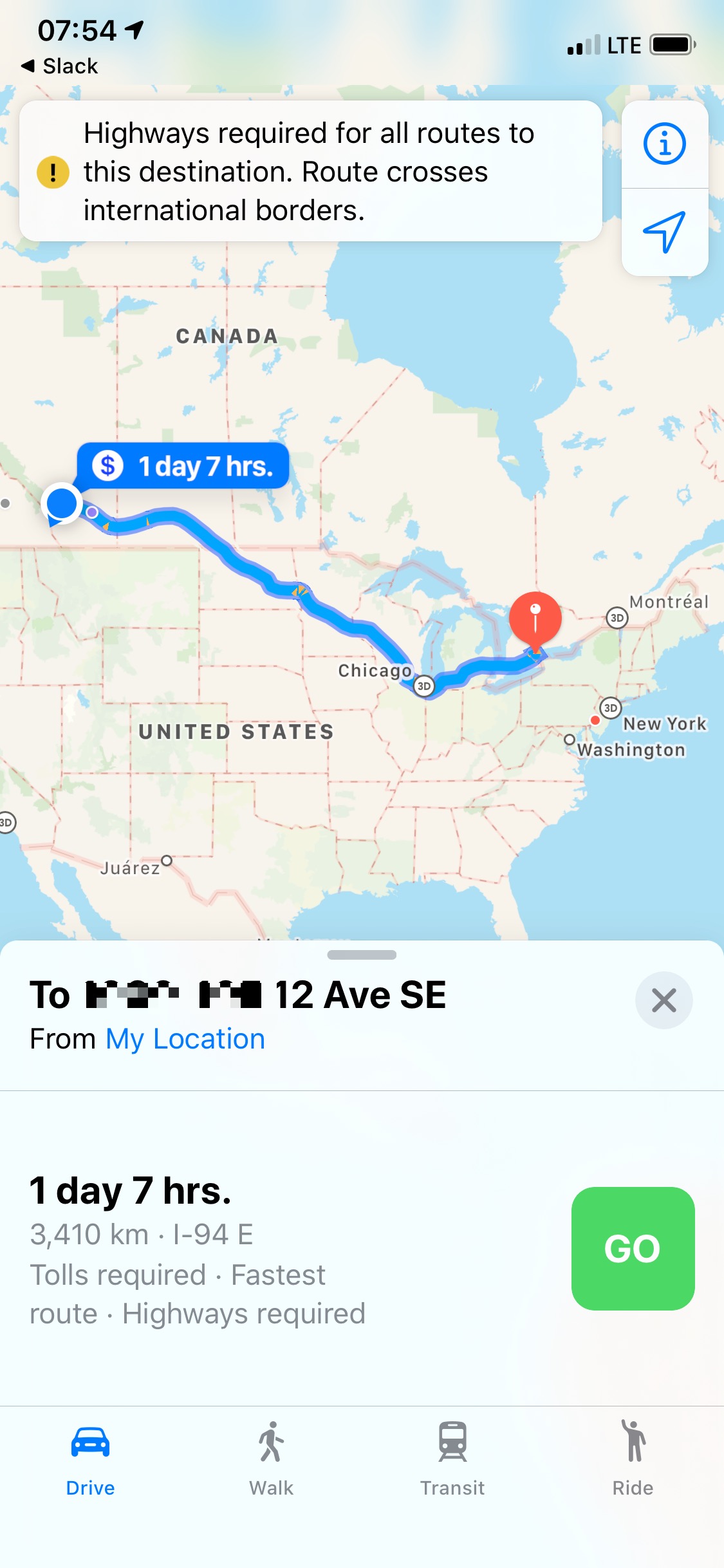Reuters Articles Misleads on Department of Justice Demands of Apple ⇥ techdirt.com
Susan Heavey and Andrea Shalal, reporting for Reuters in an article with the headline “Mnuchin urges Apple, other tech companies to work with law enforcement”:
Apple Inc and other technology companies should cooperate with U.S. investigators, Treasury Secretary Steven Mnuchin said on Wednesday as law enforcement officials continued probing last month’s fatal shooting at a U.S. naval base in Florida.
[…]
Mnuchin later told reporters at the White House that he had not discussed the issue with Apple and did not know the specifics at hand. “I know Apple has cooperated in the past on law enforcement issues, and I expect they would continue … to cooperate.”
The Reuters article notes that Apple is, in fact, cooperating with investigators by turning over everything they have on the iPhones in question, counter to Mnuchin’s claim. But the headline on this article is misleading.
Mike Masnick, Techdirt:
When framed that way, it’s obviously dumb. But anyone reading Reuters’ coverage of the issue won’t get that. They’ll think that Apple is somehow taking some sort of stand against US law enforcement. This is what Trump, Barr, and apparently Mnuchin, would like people to think, but it’s not true, and it’s fundamentally bad journalism for Reuters to frame it that way.
To be clear, it is likely not the reporters’ fault that the story was framed with this headline. But it’s unnecessarily carrying water for a Department of Justice that is exploiting a terrorist attack and public confusion over this issue to neuter encryption.

